Children are naturally inclined to play. Be it structured or unstructured, supervised or unsupervised, playing is one of the most unheeded ways through which children learn and grow. Whether they are jumping or dancing around, running to play tag, or climbing monkey bars, they are not just playing or having fun; they are in fact strengthening their gross motor skills, which helps them to be active and strong. Be it colouring the walls with crayons, stacking items on top of each other, or buttoning up their shirt, play is the way to refine their fine motor skills as well. It is play through which children quietly develop their brains and bodies in significant ways.
As children grow, their way of playing changes. There are primarily six stages of play development. In this blog, we’ll help recognize how your child is growing through different types of play every day.
Why Stages of Play Matter?
Research suggests that play is an invaluable contributor to a child’s growth and development. Let’s look at some of the key factors as to why different stages of play matter for your little one’s growth:
Develops Physical Health

When children get involved in active play, their muscles and bones get strong. They develop stamina and also fine-tune their motor skills. Play lays the foundation for a healthy and active lifestyle.
Improves Academic Skills
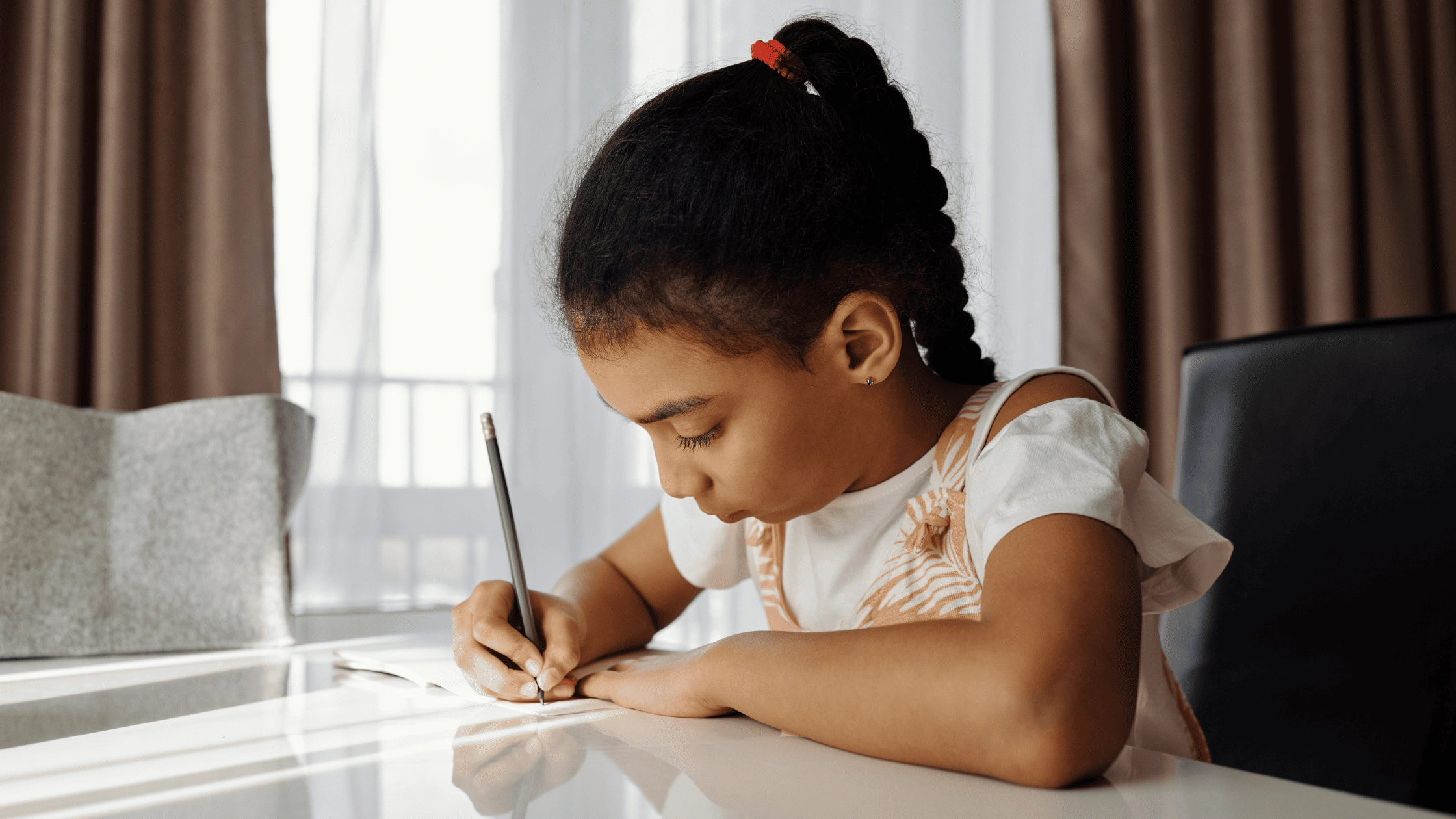
When children spend their time playing, their ability to attend, focus, memorize, plan, and multitask increases, thereby supporting them to be productive. Play also provides them a break to freshen up and rethink things from a different angle, thereby improving their academic performance.
Boosts Emotional and Social Skills
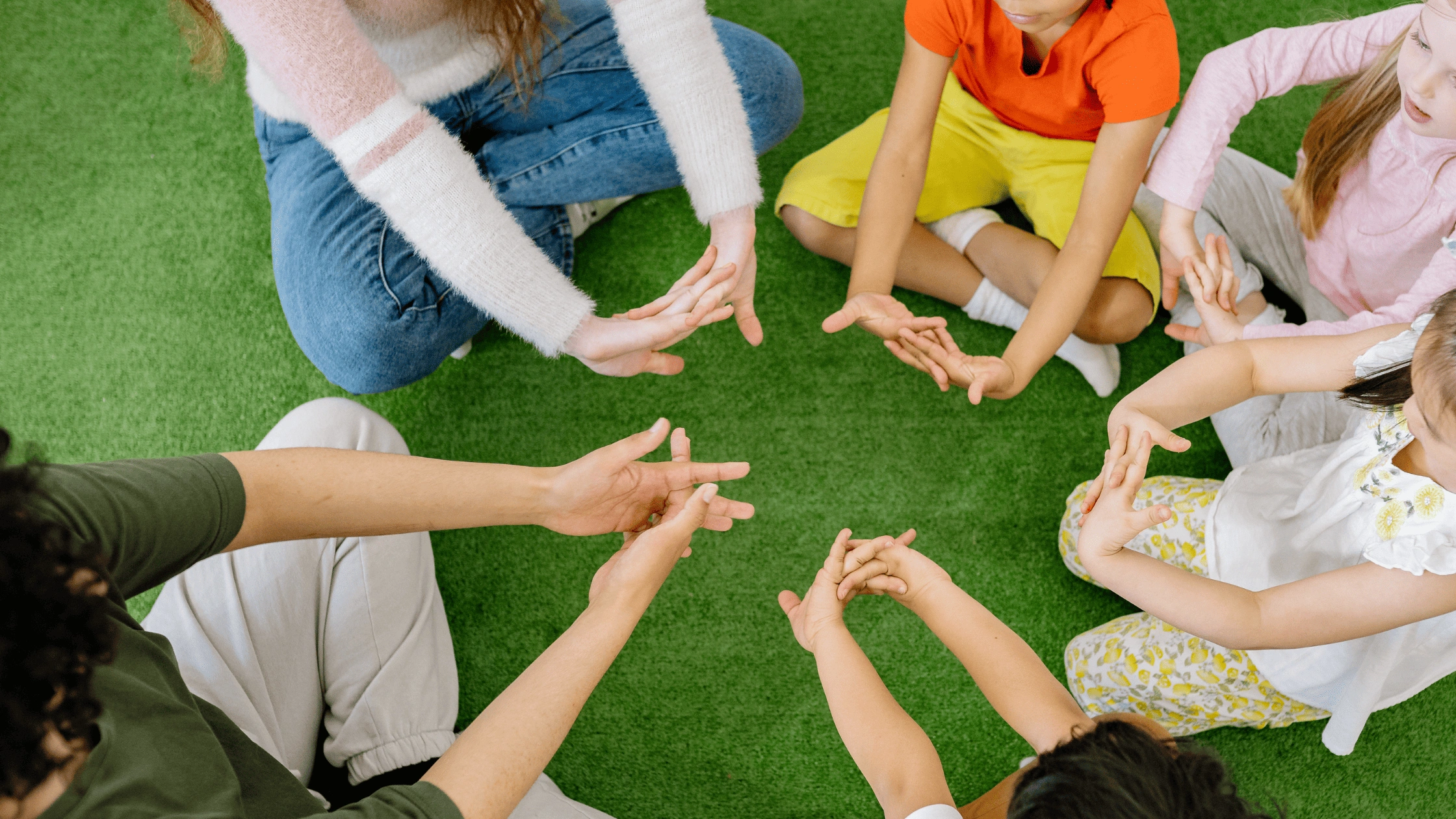
Playing in groups is where children learn to interact socially for the first time. Regular play teaches them to negotiate and solve problems with their peers. Group play also promote habits like sharing, taking turns, and waiting patiently.
Develops the Brain and Learning
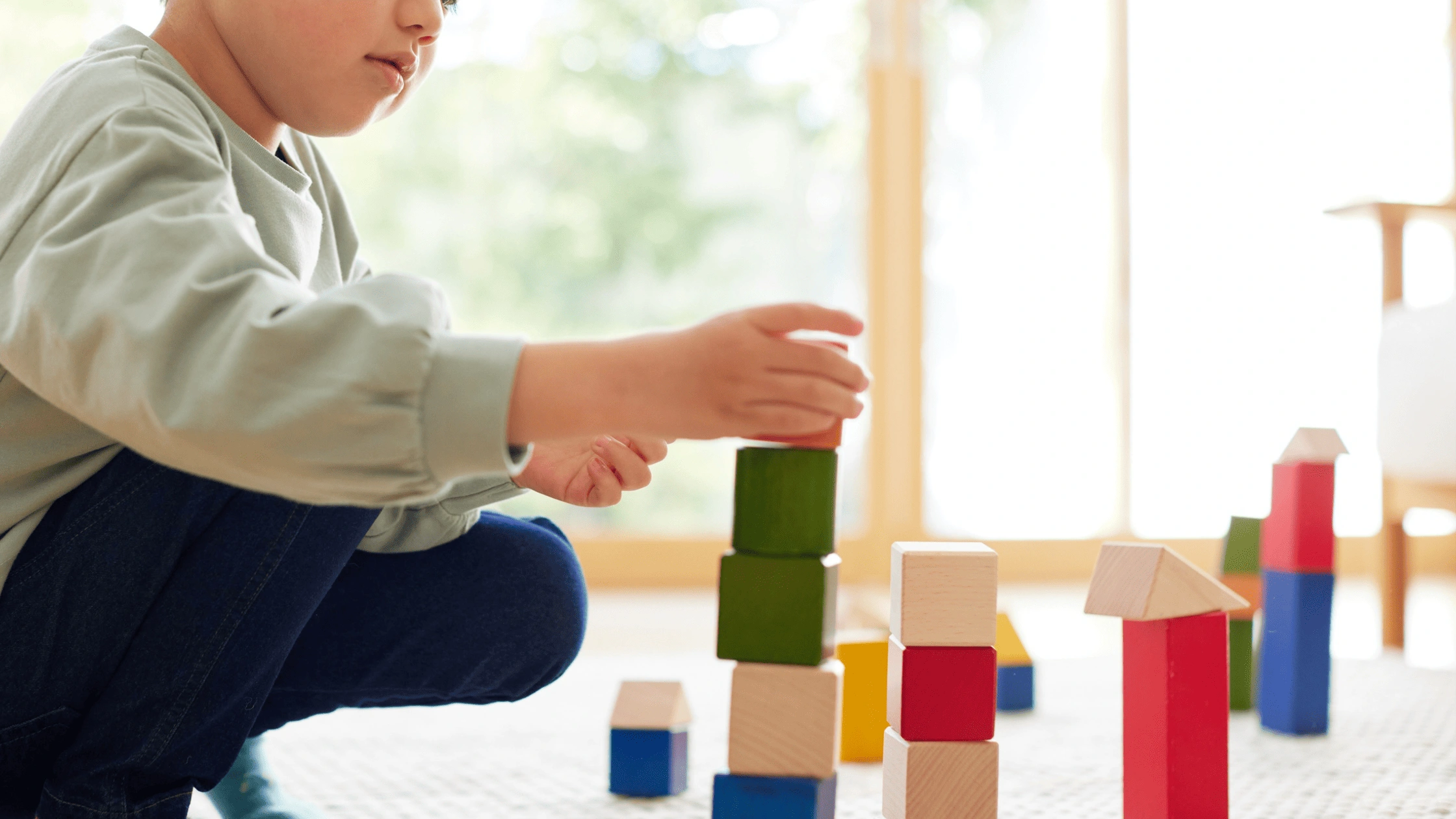
When children play, they get a chance to interact with other children; these interactions help them learn new words and expand their vocabulary. They also learn to think critically and solve problems as they play. This exploration and experimentation help strengthen their brain growth, memory, and resilience.
The 6 stages of Play
Unoccupied Play (Birth to 3 months)

This is the first and foremost stage of play where infants discover the movements that their bodies are capable of. It doesn’t look much like play because they are merely exploring their bodies through lots of random movements.
What it looks like
We can see them wave arms, kick legs, stare at people, or objects. They learn to open and close their mouth and also wriggle their toes and feet. Unoccupied play is the time when they are attempting to learn how their body works and discovering new ways to move.
Why it matters
These playful movements help muscles to become flexible and strong. These body movements support head, torso, and leg movement. Such frequent movement reduces the risk of flat-head and improves eye movements in infants.
Solitary Play (Birth to 2 years)
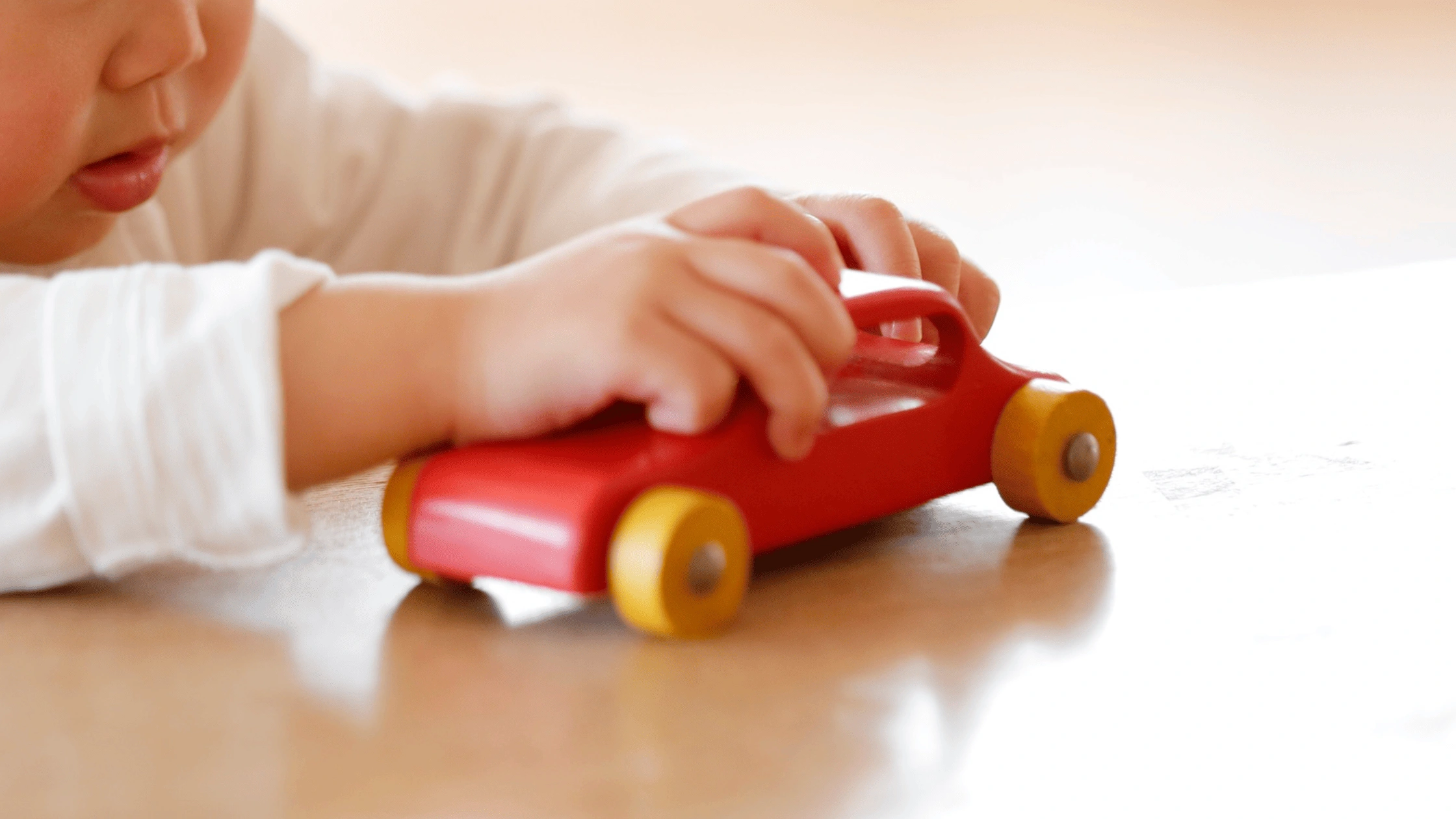
This is the stage when a child learns to play independently. At this stage, they like the idea of playing without any assistance, and sometimes they get cranky when someone tries to join them. However, that is perfectly normal.
What it looks like
As babies grow, they learn how to roll over to the side, spend more tummy time and develop a stronger grip. They start paying attention to toys. They experiment with them by staring at them, putting them in their mouths, jiggling, or hitting them. Usually, they play with one object at a time and repeat the same actions. They may move around the toy and babble. But they don’t want to participate in interactions with others.
Why it matters
This stage of play encourages independence and self-confidence in children. It supports creativity, focus, and imagination when they explore their toys in their own way. It builds the overall foundation for future types of social interaction as they become comfortable with others being nearby while they play.
Onlooker Play (Around 2 years)
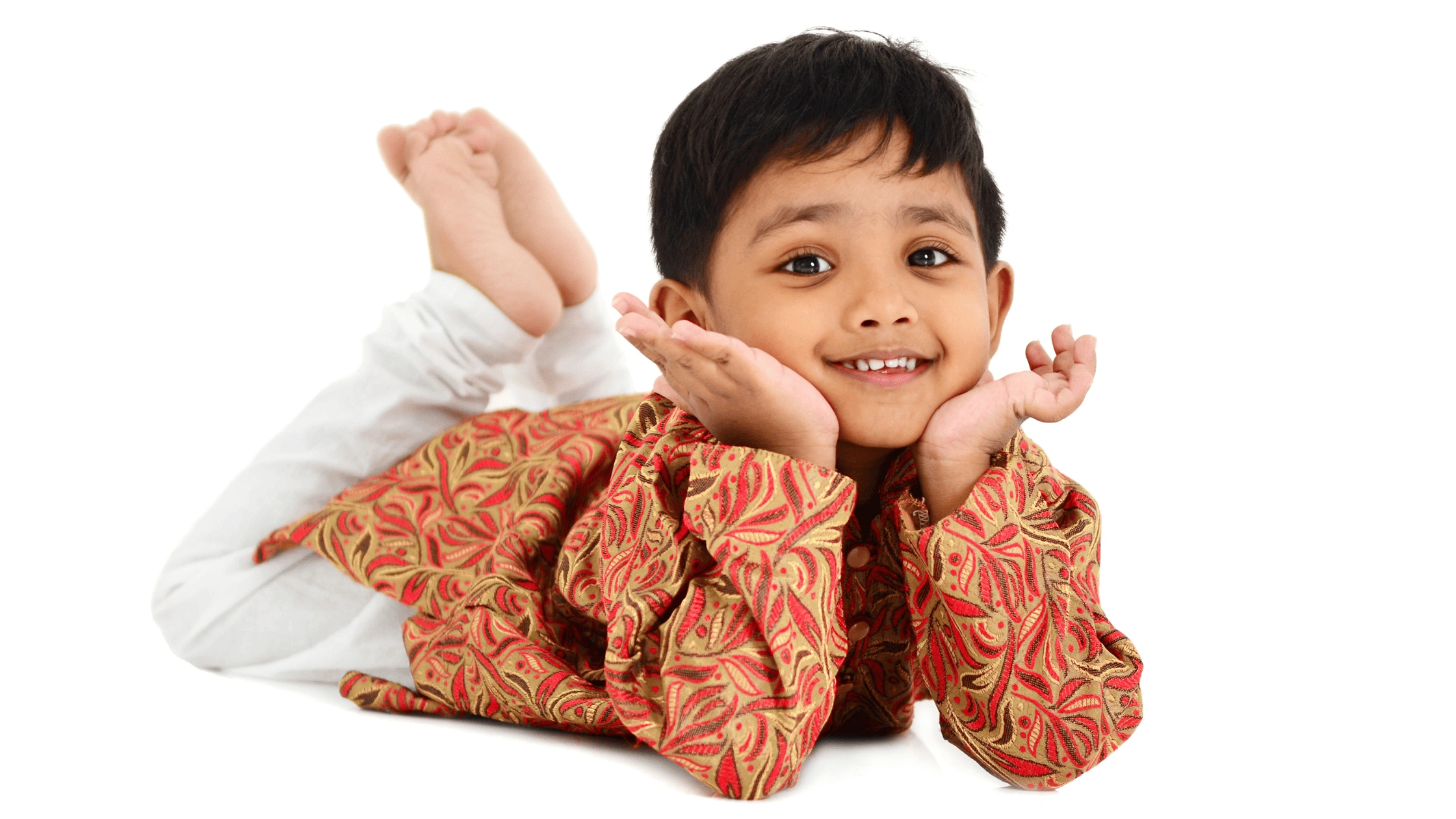
At this stage, children enjoy watching others play. However, they do not want to join the others. They might observe others playing, but do not show a willingness to play together. This observation habit of children is actually quite normal and marks the beginning of social development.
What it looks like
The child stands or sits nearby where others are playing. They may smile, laugh, or show curiosity. They may ask questions about what other children are doing and imitate parts of the play without fully participating.
Why it matters
Children learn by watching and processing social cues. Their observation builds understanding of how play works and how others interact. This encourages language development and curiosity. Their behaviour prepares them to feel more confident about joining group play in the future.
Parallel Play (2-3 years)
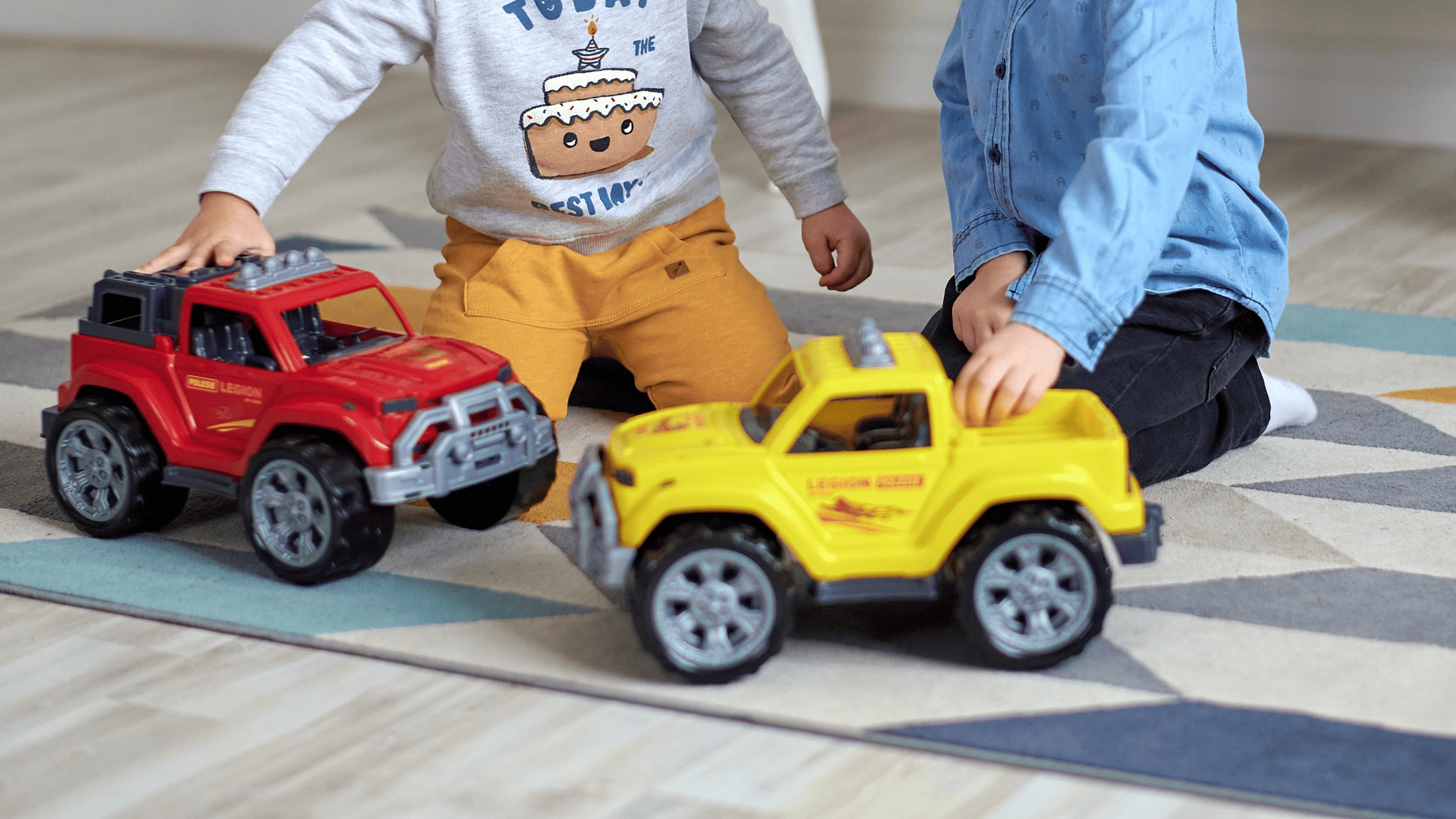
At this stage, children begin to participate in public interactions. They prefer to play next to each other, although they might or might not interact directly. They may be involved in similar activities like throwing balls, feeling sand, or painting. They do not want to share their toys or interact, but would want to be in the same environment. They are aware of peers around them but may not acknowledge them.
What it looks like
Two or more children play near each other. Each child is focused on his own game, but at times, they may stop and look at the activities of others. They quietly observe other children to mimic their actions. They may also react to what others are doing but would focus on their own play.
Why it matters
This stage of play makes children socially aware and helps them learn by observing. The children get comfortable being around peers in a shared space. The parallel play stage also builds confidence and readiness for future interactive play.
Associative Play (3-4 years)
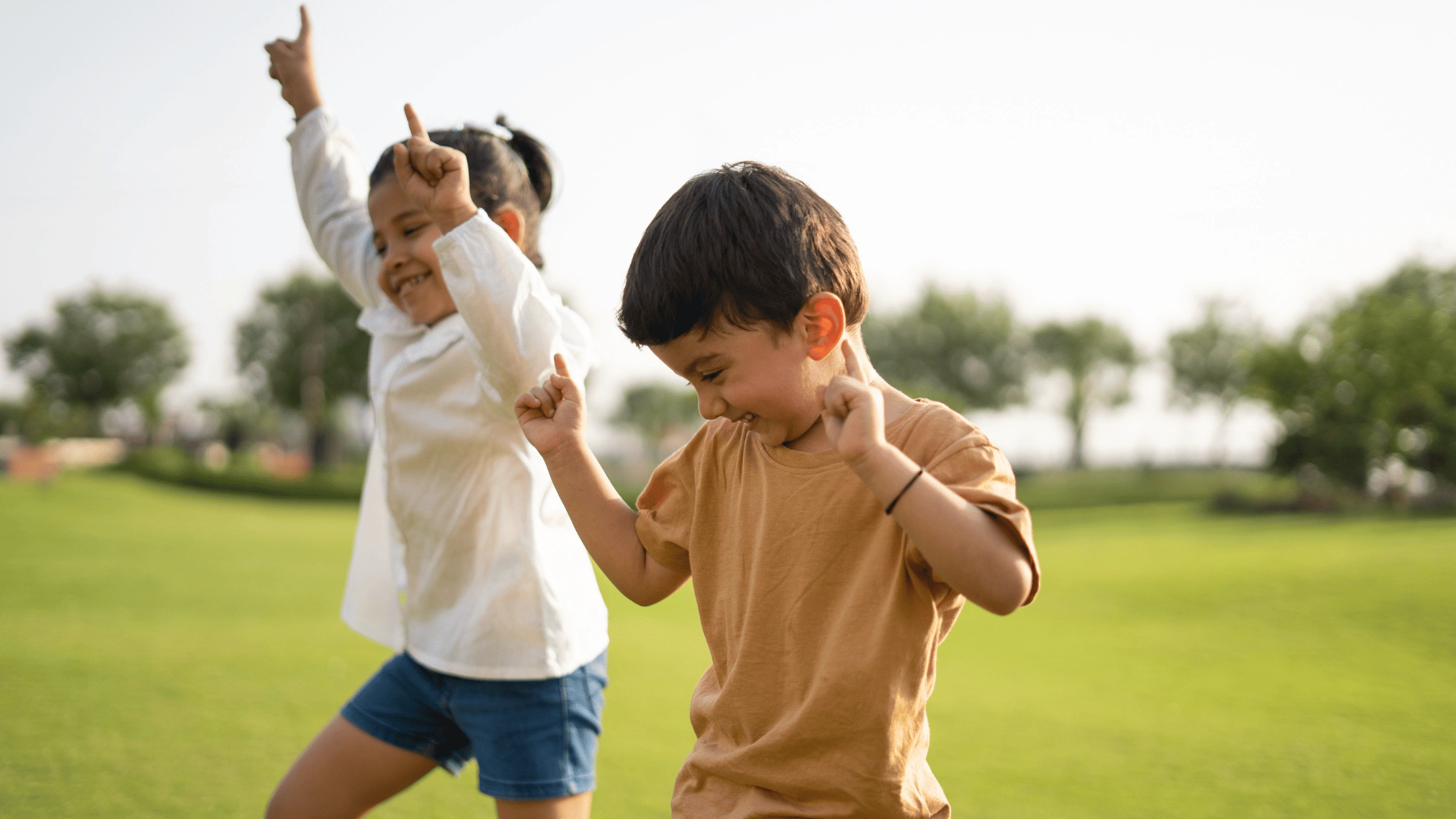
In this stage, children grow to become curious. They start showing interest in others around them. However, they might not show interest in playing with them directly. They may play the same game next to each other but may not engage properly with them.
What it looks like
Children play side by side with the same or different toys. They may interact very little by sharing or observing each other. They may borrow or exchange toys but may or may not prefer to play the same game. They may play similar games but will still play independently.
Why it matters
Play at this stage helps children to learn important social skills like sharing, taking turns, and communication. Children begin to learn how to be part of a group setting while still maintaining their independence. At this stage, they act as a bridge between independent and cooperative play. They learn how to negotiate, to share and borrow toys, which prepares them for more structured social interactions.
Cooperative Play (4+ years)
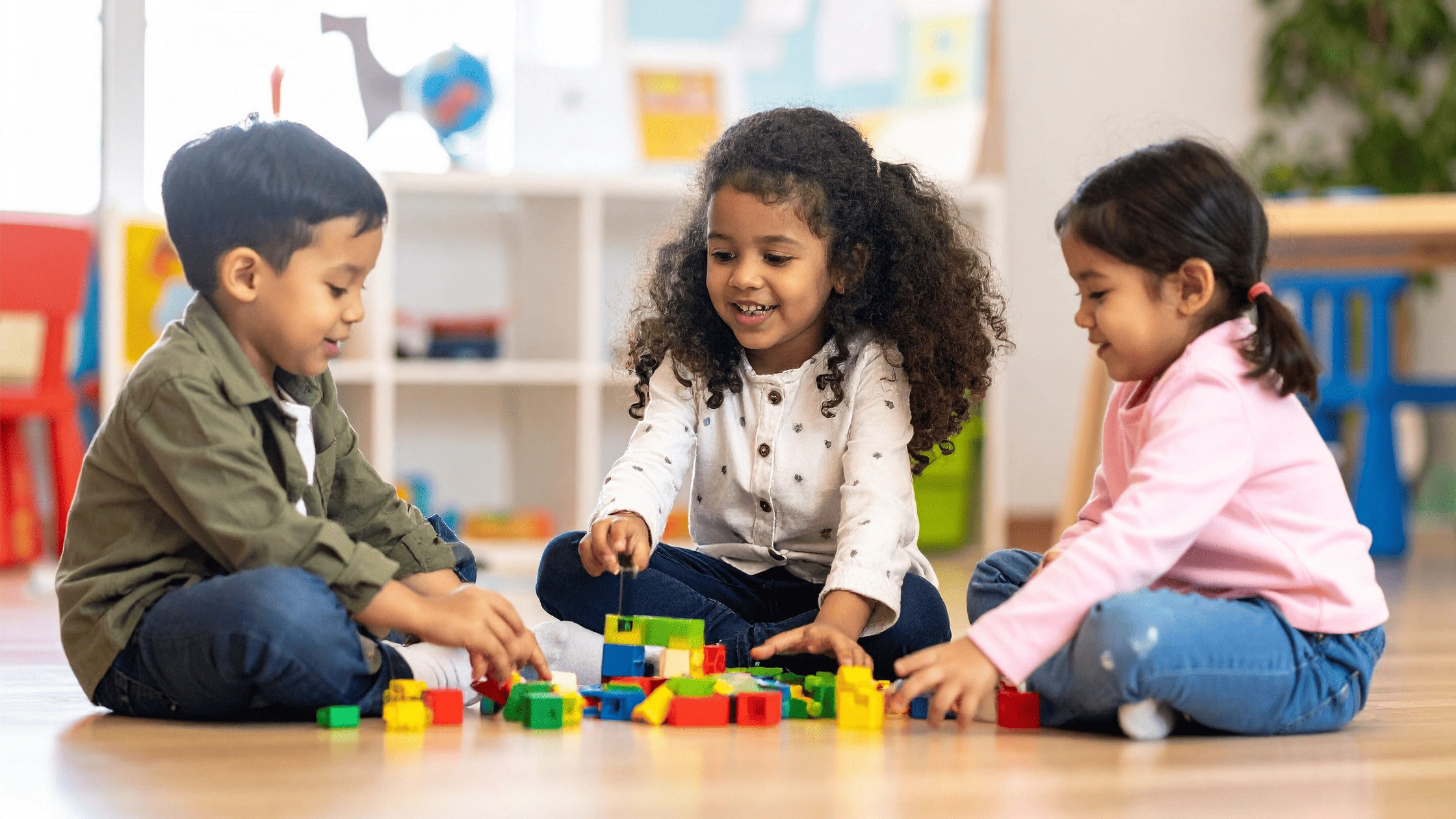
Cooperative play is called the most progressed stage of play, where children learn to actively play with each other. They’re not just playing near each other at this stage; they are learning to play with each other. They start sharing, borrowing, and taking turns to play. In this stage of play, children are genuinely curious about both the activity and interacting with other children involved in the play.
What it looks like
Children may try playing with building blocks together or play roles to imitate adults. They talk and listen, share materials, and solve problems together as a team. They may assign roles themselves, like- “You be the shopkeeper; I’ll be the customer.” Children learn to think critically and also learn conflict resolution without assistance.
Why it matters
Children learn to interact better when they play with others. They naturally and innocently learn to work in teams, empathise with others, and take the lead. Playing at this stage builds emotional skills and a sense of belonging among them. Eventually, these group learning environments help children to adapt to changing situations in real-world scenarios.
How to Support Your Child’s Play at Every Stage
Provide age-appropriate toys and unconventional materials
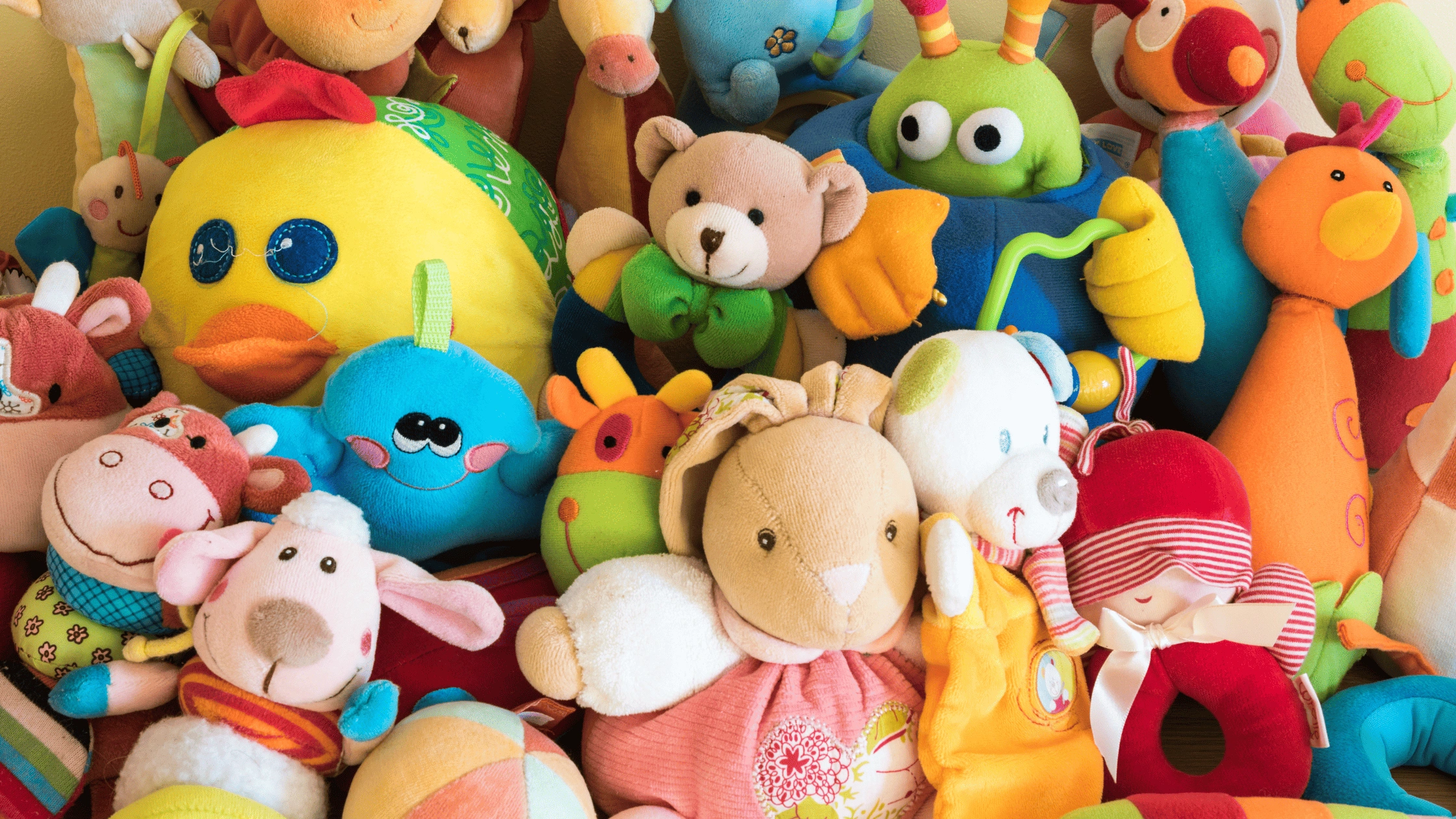
As parents or caregivers, we must provide toys that are suitable for children according to the different stages of play development. Toys like soft dolls, rattles, crayons, and alphabet blocks encourage children to experiment with them creatively. Unconventional objects like scarves or cardboard can be used to let children be creative and use their imagination.
Give them time and space to play freely
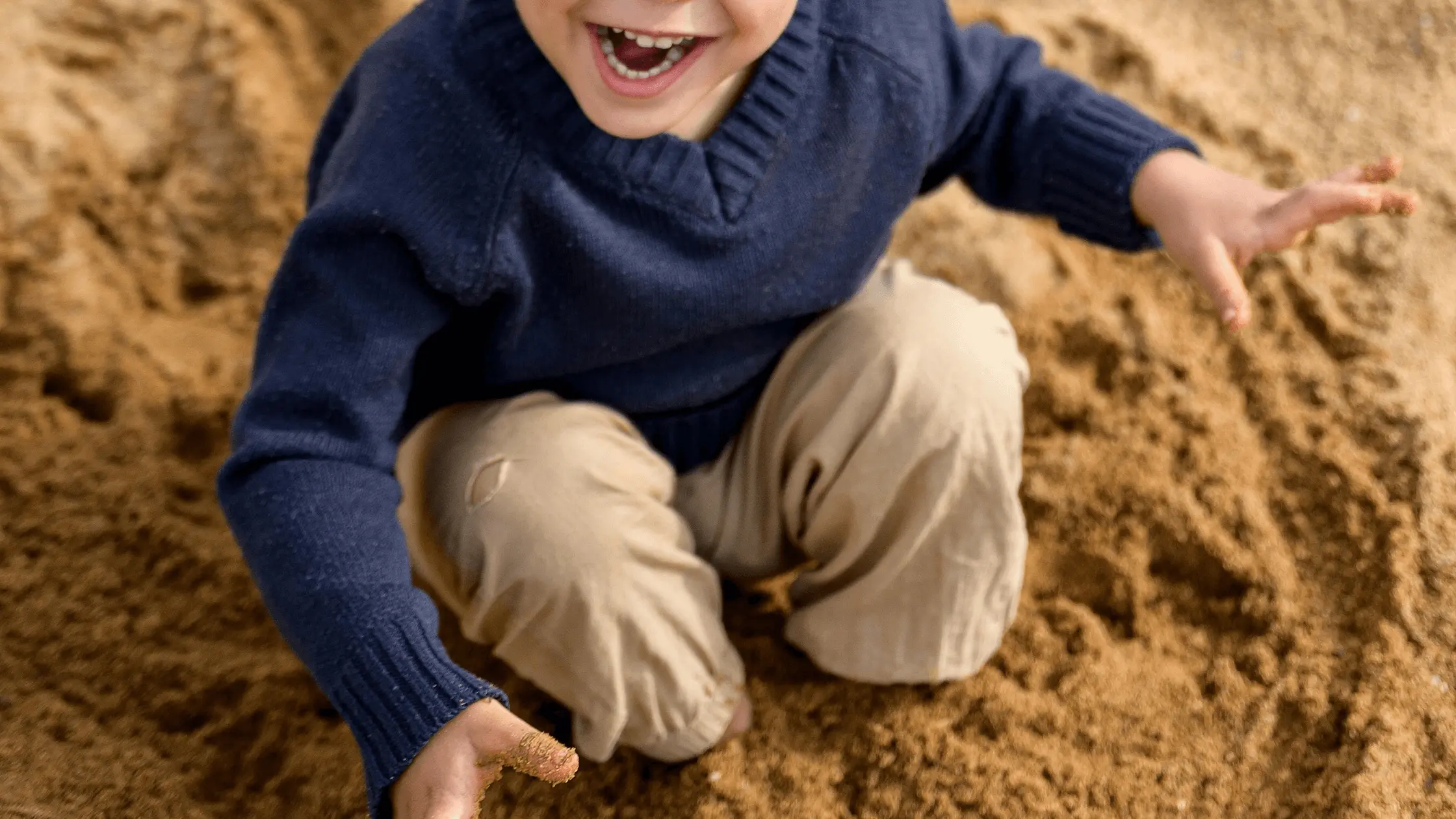
It is suggested to set aside time every day for your child to play freely. Provide them with age-appropriate toys and allow them to play in ways that they find interesting. It is better if children have their own separate space to play freely and comfortably. Allow them to play in their space without any restrictions so that they can explore and experiment.
Join them, but let them lead
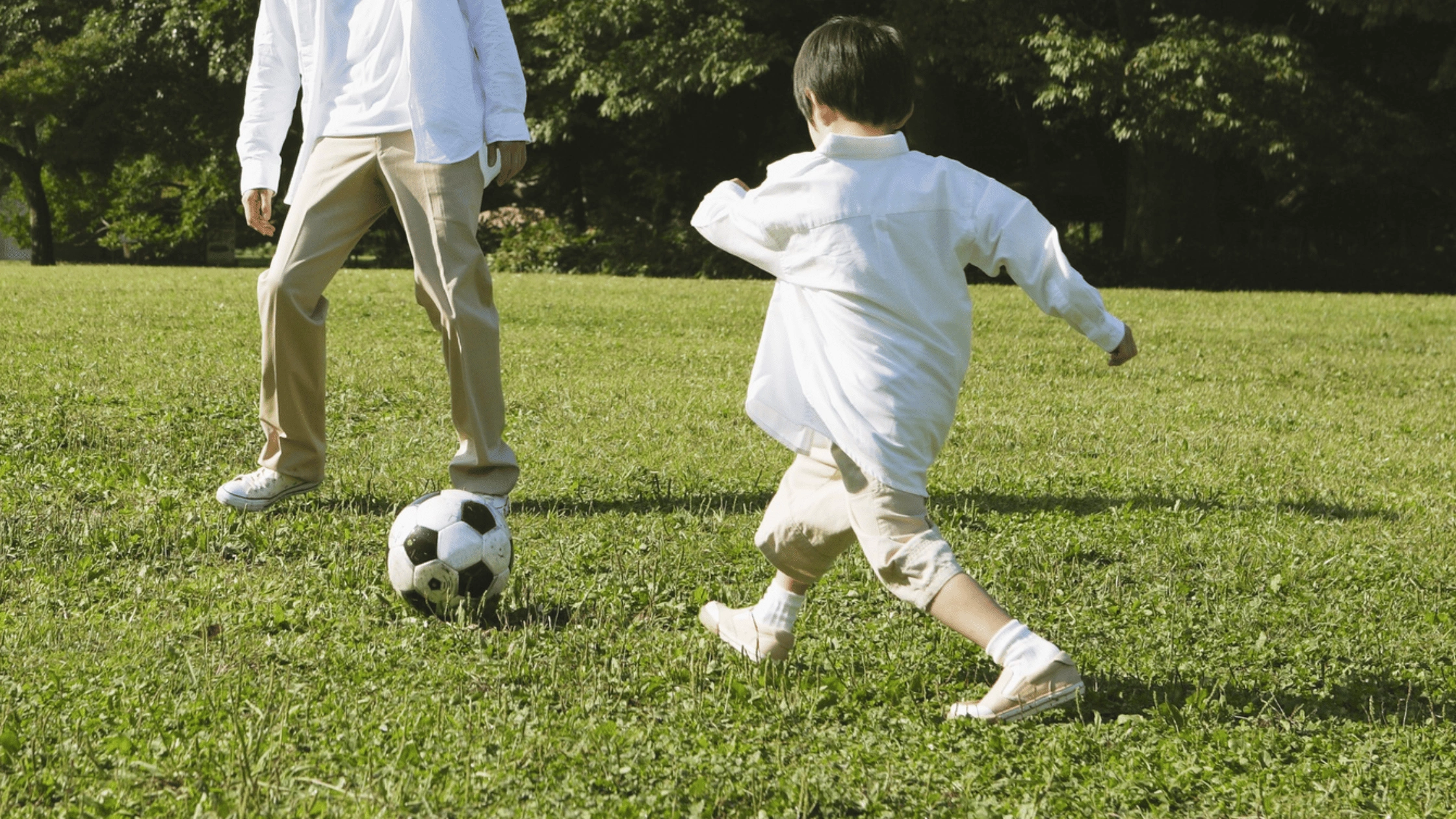
Let the children start off the game on their own and decide the rules too. Avoid correcting them while playing. When children take the lead, it gives them confidence as their ideas are being valued. When you join them while playing, they would feel more connected with you, and their confidence gets a boost to explore more.
Arrange playdates or small group settings when ready
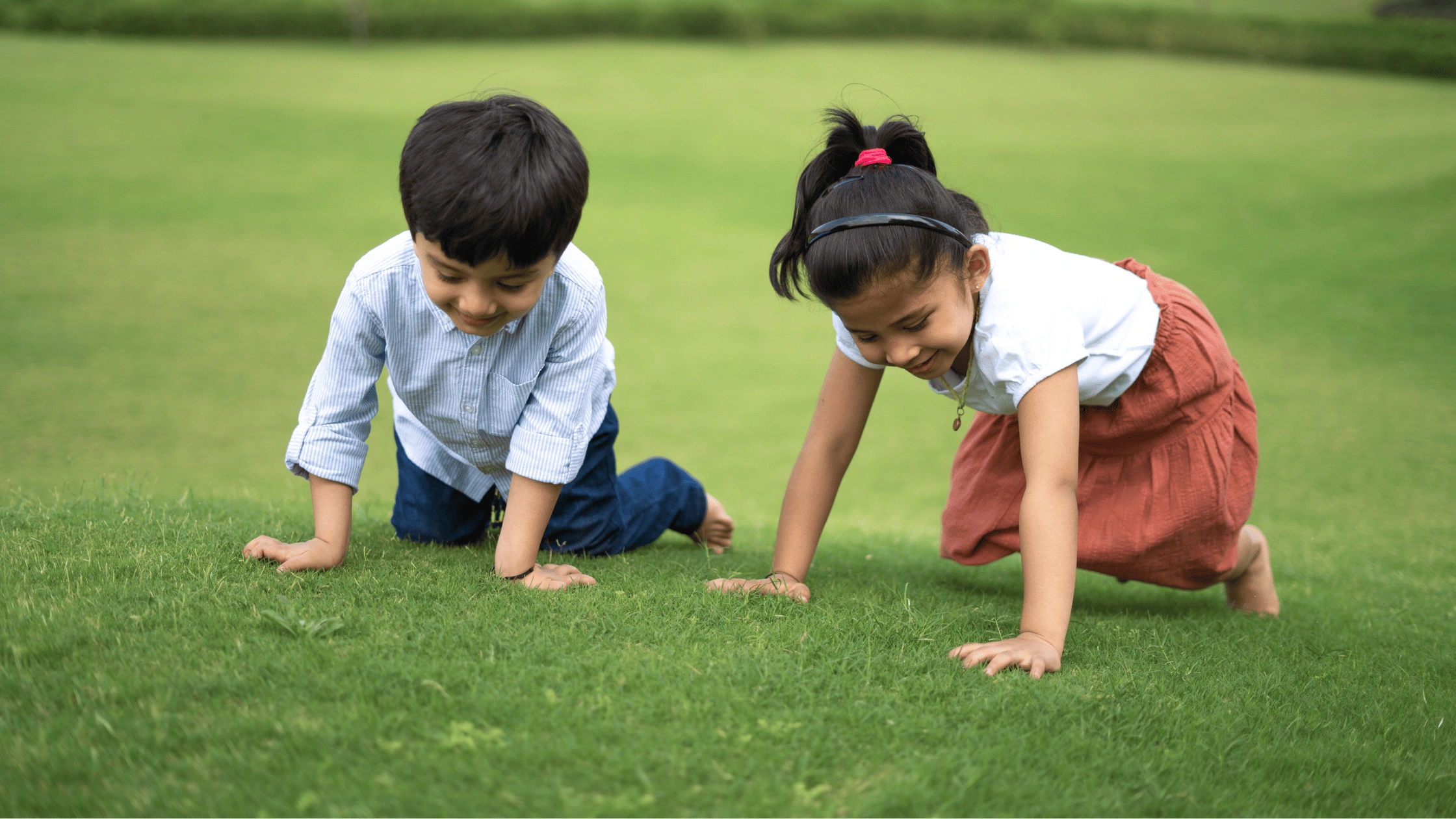
When a child shows interest in others who are playing in the same space, a parent must use this chance to introduce group activities where they can share, take turns, and exchange toys with other children. The kids learn social and communication skills that naturally grow with the experience.
Conclusion
Stages of play development are very crucial for a child’s physical and mental development. In each stage, children have their own set of play needs. From a safe, supportive environment to letting them be where they learn to explore their bodies and movement through playing alone. As they grow older, it is play through which they learn social traits like gratitude and kindness, which lay the foundation of a child’s overall growth.
Play stages are as important for a child as academic lessons. A child’s cognitive, emotional and social skills are cultivated through play at different stages of their life. All of the six stages of play are very important role in building future relationships of your little one. So next time when your little one asks for another five minutes of play, let them. Because that’s how they are making sense of the world around them and learning with first-hand experiences.



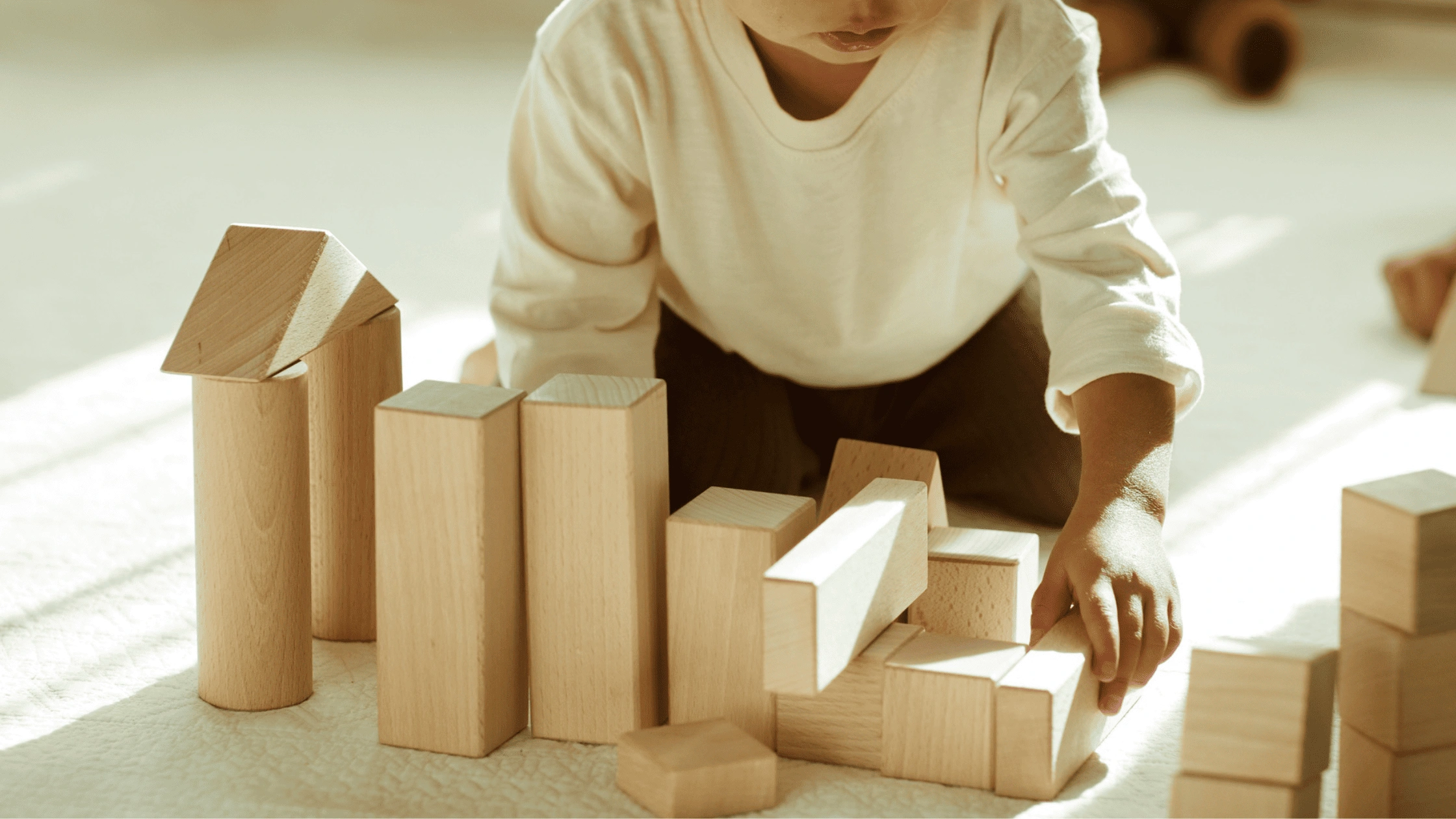











Subscribe to our newsletter
[contact-form-7 id="12706" title="Newsletter Form for post page"]Our Related Blogs
Yoga Benefits, Activities, and Poses for Preschoolers
For preschoolers, yoga isn’t about perfection but about giggles and benefits. So, are you curious how a simple stretch can support a child’s focus, flexibility, and emotional well-being? Let’s roll...
Year-End Reflection and Goal Setting for Children
Parenting is a journey filled with the brightest moments and valuable lessons, both for us and our children. As the year draws to a close, it’s the perfect time to...
Winter’s in the air. Make a Khichdi of it!
Winter’s In The Air. Make a Khichdi Of It! With the northern winds playing a peek-a-boo on chilly mornings, it is time to keep your little ones warm with loads...